Ontario is once again at a crossroads in how it responds to gridlock. Premier Doug Ford’s government has floated the idea of digging massive highway tunnels beneath Highway 401, aiming to relieve the chronic congestion on what is already the busiest highway in North America. On paper, it sounds bold. But in practice, it risks being the most expensive dead end in Ontario’s history.
History and economics are clear: you cannot build your way out of congestion with more highways. The phenomenon of induced demand guarantees that new road capacity fills up quickly, leaving drivers stuck again — only deeper in debt as taxpayers. Meanwhile, subways and underground transit consistently deliver more capacity, cleaner commutes, and long-term economic value.
The smarter choice is clear: don’t tunnel for cars. Tunnel for people. That’s the vision behind Ontario Connected’s vision: multi-layer subway tunnels beneath Line 1 and Line 2, regional expansions to surrounding cities, and underground hubs for housing and community use.
The Problem: Ontario’s Highways Are Already Maxed Out
Highway 401 by the Numbers:
- Carries 400,000+ vehicles daily on some sections (MTO Traffic Volume Report).
- Regularly cited as the busiest highway in North America.
- Freight delays on the 401 and QEW cost Ontario businesses $125 million per day (Metrolinx).
Despite constant expansions, congestion never disappears:
- In 2014, the province added HOV lanes. By 2018, traffic was back at saturation.
- In 2019, studies confirmed average travel times on the 401 were as bad as ever.
Why? Because of induced demand: when governments expand road capacity, people drive more. Trips that were once avoided are now taken, sprawl accelerates, and congestion quickly returns.
The 401 Tunnel Proposal: Why It Won’t Work
Doug Ford’s idea of digging tunnels under the 401 is essentially doubling down on a failed model. Here’s why it’s flawed:
- Astronomical Cost
- Tunneling highways is among the most expensive forms of infrastructure on earth. Boston’s “Big Dig” cost $24 billion USD and took decades — for just 5.6 km of underground highway (Mass.gov).
- A 20–30 km tunnel under the 401 would likely cost $50–100 billion CAD, money that could instead fund hundreds of kilometers of subway lines.
- Limited Capacity
- Even a multi-lane highway tunnel moves only a fraction of what subways do.
- One subway line can carry 30,000 people per hour, per direction — equivalent to a 16-lane highway, but underground, faster, and cleaner.
- Environmental Disaster
- Car tunnels lock Ontario into decades of emissions, undermining climate goals.
- Transit tunnels, by contrast, support electrification and emissions reduction.
- Equity Failure
- Most newcomers and low-income Ontarians rely on transit, not cars.
- A highway tunnel benefits a minority while leaving the majority still stranded.
The Alternative: Subway Tunnels, Not Car Tunnels
Instead of tunneling for highways, Ontario can apply the same tunneling expertise to subways that move millions.
Ontario Connected proposes:
- Parallel subway tunnels beneath Line 1 and 2 to relieve overcrowding.
- Regional subway expansion to Brampton, Mississauga, Durham, Barrie, Hamilton, and Niagara.
- Underground hubs that combine housing, transit, shopping, and recreation.
This approach solves congestion at its root by moving people out of cars entirely.
Global Evidence: Why Transit Wins
Boston’s Big Dig (1991–2007):
- Massive underground highway project.
- Cost: $24 billion (5x over budget).
- Outcome: congestion returned within a few years; billions in debt remain.
Paris’ Grand Paris Express (2016–2035):
- 200 km of new underground transit lines.
- Cost: €36 billion (~$53 billion CAD).
- Outcome: 2 million new daily riders, 250,000 new homes tied to transit, commute times slashed.
Beijing (2001–2020):
- Expanded subway from 2 to 27 lines.
- Outcome: 10 million daily riders, smog reduction, and economic growth.
The pattern is undeniable: highways cost more, deliver less, and create dependency. Subways cost a lot, but deliver exponentially more and unlock housing and economic growth.
The Economic Case for Subways vs Highways
Capacity:
- Highway tunnel: maybe 10,000 cars/hour.
- Subway line: 30,000+ riders/hour per direction.
Cost per Rider:
- Highways: billions for capacity that vanishes with induced demand.
- Subways: billions for permanent capacity that grows with population.
Return on Investment:
- Subways raise property values, spur housing construction, and attract business.
- Highways spur sprawl, raise infrastructure costs, and worsen climate costs.
The Human Impact
Let’s imagine two futures:
Future A (Highway Tunnel):
- A nurse in Oshawa still drives 90 minutes to Toronto because her suburb lacks express subway service.
- A student in Brampton spends $400 a month on insurance and gas just to reach class.
- A truck driver still sits in traffic because induced demand filled the new tunnel.
Future B (Subway Tunnels):
- That nurse takes a 30-minute express subway from Oshawa to Toronto General.
- That student hops on a Brampton subway hub, reaches U of T in under an hour.
- That truck driver has clearer highways because more commuters are on trains.
The choice is not just economic. It’s human.
Why This Matters for Ontario’s Future
By 2051, Ontario’s population will swell by 50%. The decisions we make now will determine whether Ontario thrives — or collapses under congestion.
- Highway tunnels = expensive, limited, environmentally harmful, inequitable.
- Subway tunnels = efficient, scalable, climate-smart, affordable in the long run.
Ontario Transit Vision offers the future-proof choice: dig deep for people, not cars.
Conclusion
Doug Ford’s 401 tunnel proposal may look bold, but it is a 20th-century answer to a 21st-century problem. Highways cannot keep up with growth. They cost too much, deliver too little, and worsen the very problems they claim to solve.
Ontario has a better path: tunnel for subways, not cars. Multi-layer relief lines under Toronto, regional grids connecting the GTA, and underground hubs with affordable housing can transform Ontario’s future.
The cost of doing nothing — or doing the wrong thing — is billions lost every year in congestion, pollution, and frustration. The cost of doing it right — investing in Ontario Transit Vision — is a legacy of mobility, affordability, and prosperity for generations.
Sources / Further Reading:
- Mass.gov – Boston’s Big Dig
- MTO Traffic Volume Report
- Metrolinx – Freight Costs of Congestion
- Société du Grand Paris
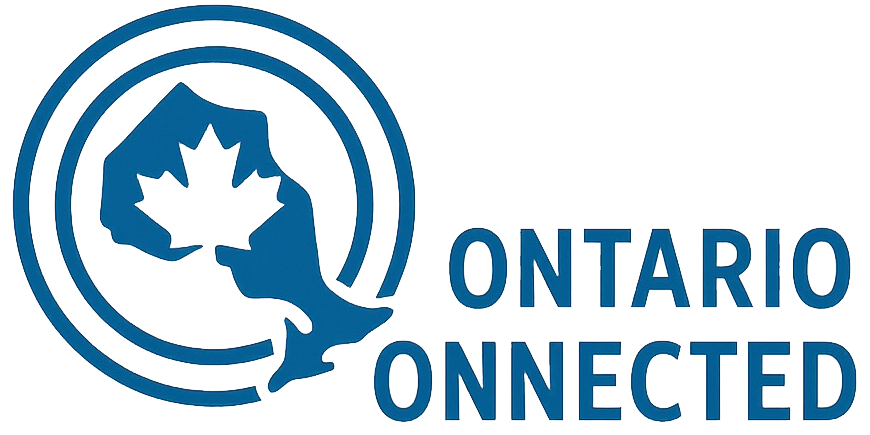
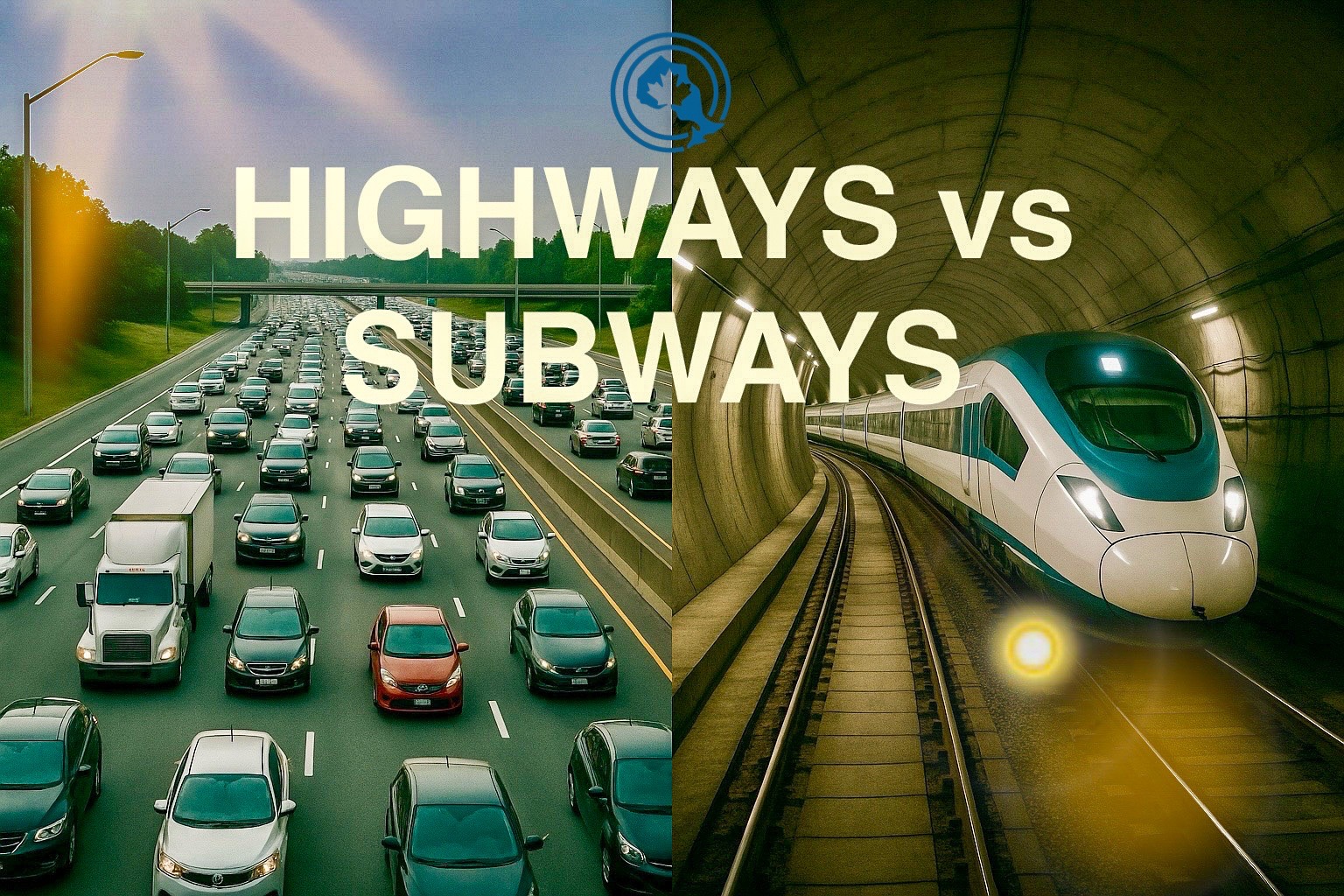
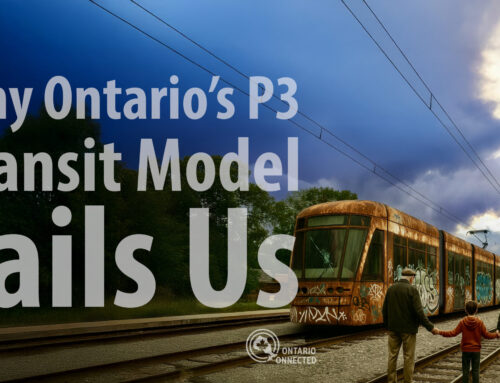
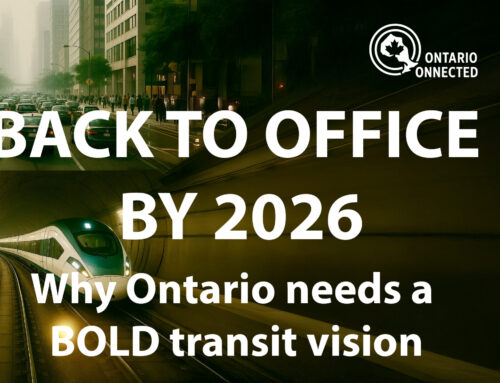
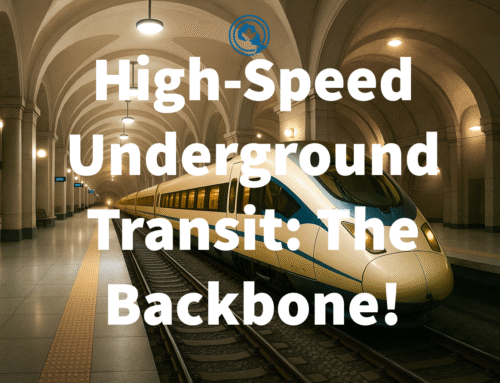
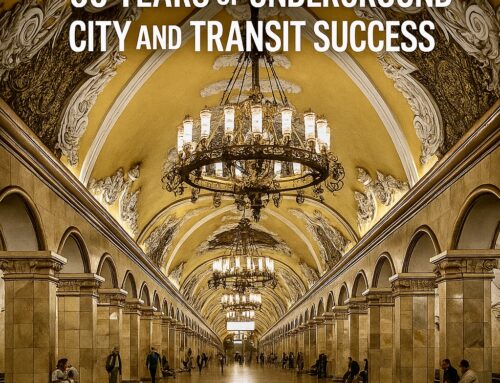

Leave A Comment
You must be logged in to post a comment.